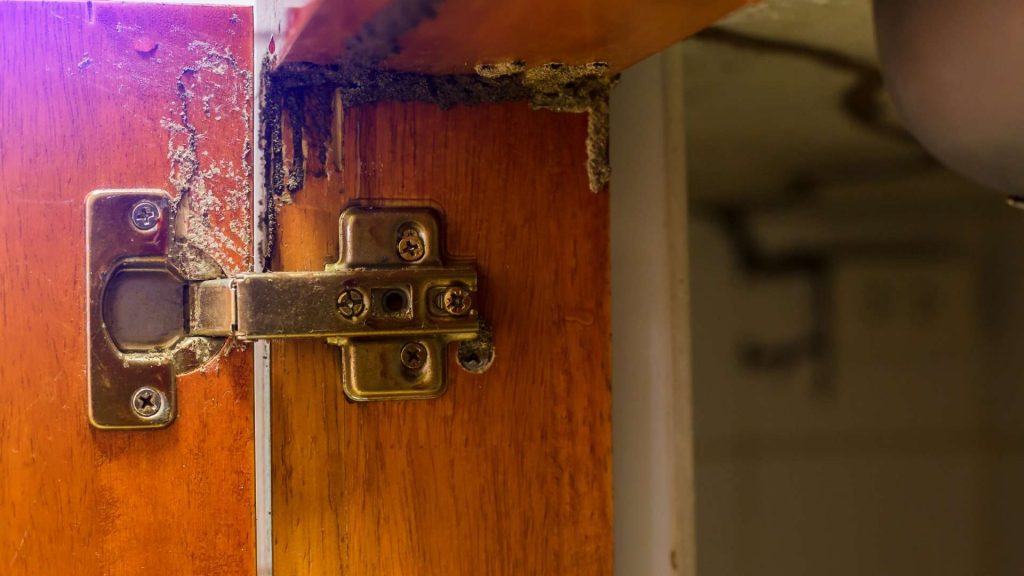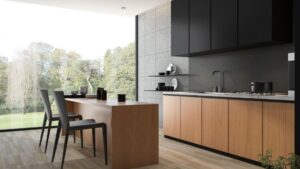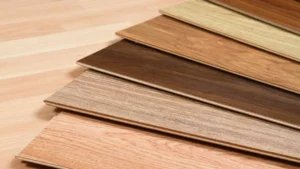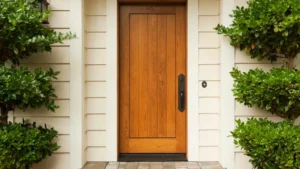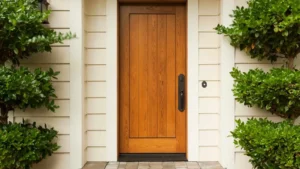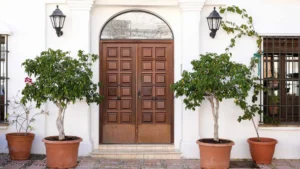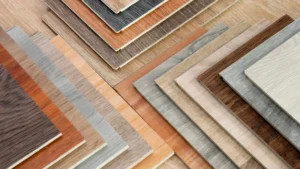Plywood is made by attaching layers of wood together and this wood contains a compound known as cellulose which is food for termites. Although tiny in size these insects can inflict heavy damage on your pockets and silently eat away at your expensive furniture before you know it. In this article, we’ll explore what termites actually are how to keep them away from your homes.
What are termites?
Also known as white ants, termites are among the most destructive insects that love to savor your precious wood right to the core of it. Termites thrive in humid conditions and can inflict enormous damage to your homes if you are not vigilant enough. They attack the wood in such a manner that the exterior seems nearly unharmed while the interior is systematically hollowed. This is a major reason why they remain unnoticed for long periods of time and inflict irreversible damage to the timber under attack. A silent termite attack is not just a threat to your expensive furniture but also a risk for your health. Termites convert wood into dust which can enter your body and cause breathing issues or aggravate allergies and asthma.
How to get rid of termites?
Precaution is way cheaper than the solution, so instead of wasting your money on a professional exterminator later, you can follow the simple steps now and keep termites away from your furniture:
- Always use high-grade plywood
High-grade plywood is treated with wood-preserving chemicals which not only make it resistant to termites but also make it impervious to moisture and fire. It is also more durable because of the use of synthetic resins that solidify the bond between each layer of plywood.
- Protect from moisture
Termites love moist places and thrive in dark and humid conditions. Keep your wood as moisture-free as possible by ensuring proper ventilation and sunlight. Cross-ventilation is highly recommended.
- Keep away from the soil
Termites form their nests in soil and direct contact between wooden furniture and soil can lead to a widespread infestation of your house by these insects. Therefore always make sure to keep your wooden furniture away from soil and on a concrete base.
- Look out for wood dust
The presence of powered wood near your furniture is a sign of termite infestation. Call a professional exterminator as soon as you notice sawdust-like material in your homes. This can either be termite poop or dust produced as a result of continuous wood eating.
If you follow the above steps you can protect your wooden furniture from termites.
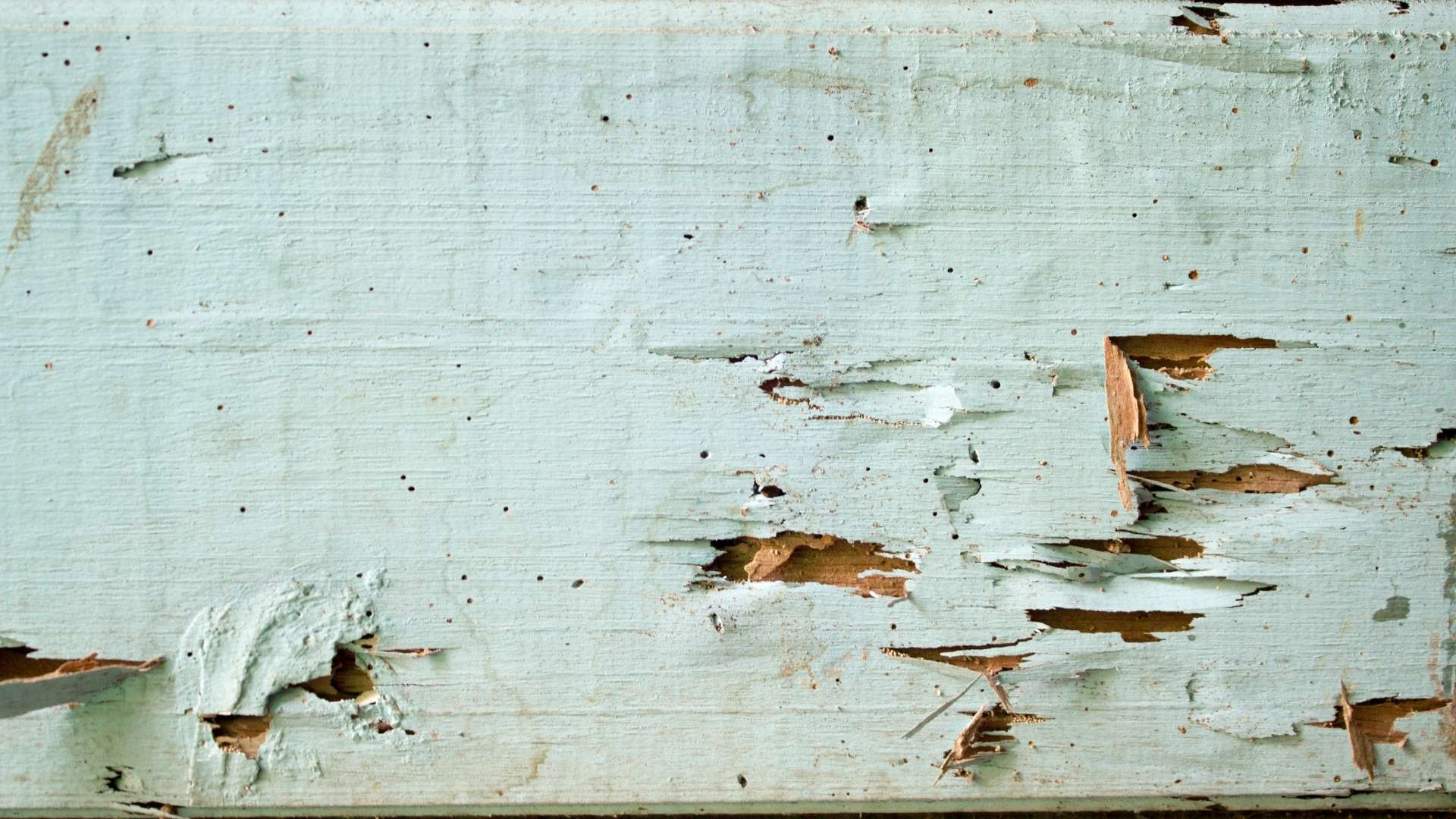
Here we have a story of Mr. Joseph (name changed due to privacy concerns) who was plagued by termites and suffered heavy damages to his newly constructed home. He was under the misconception that branded plywood is just a superficial replica of cheap plywood and is overpriced because of the brand value. He went to the local supplier and purchased plywood for the flooring of his newly constructed home, however, the plywood was not treated with wood-preserving and termite-resistant chemicals. He first noticed sawdust-like material in various spots but was too relaxed to realize that his home had been badly infested by termites. While he was struggling to get hold of the supplier, his furniture was being eaten away right under his nose. His efforts to reach out to the supplier were a huge waste of time since the supplier was nowhere to be traced. Eventually, he reached out to a professional exterminator who helped him in getting rid of the termites and prevented further damage. Mr. Joseph’s attempt to save his house did succeed but at a very heavy price.
He then contacted a well-recognized plywood company, who assisted him greatly in rectifying the destruction of his floor and furniture that had taken place because of termites. They educated him about the varieties of plywood and even sent the sample of the previously purchased non-branded plywood for a test. The result was obvious. It was low-grade plywood that was being sold in the unorganized market as A-grade plywood. Mr. Joseph repurchased plywood, only this time from a branded company, and redid the entire flooring with a much higher level of satisfaction than before.
Therefore, it is very important to know whether your plywood has been chemically treated or not since a lot of plywood available in the market is susceptible to infestation. Moreover, if you’re familiar with the signs of a termite infestation you can at least contact an exterminator in time and prevent some of the damage.
Call to Action
The best solution for termite-resistant furniture and wood interior with a lifetime guarantee: Get in touch with your plywood expert- link https://www.duroply.in/plywood-blockboards.html
